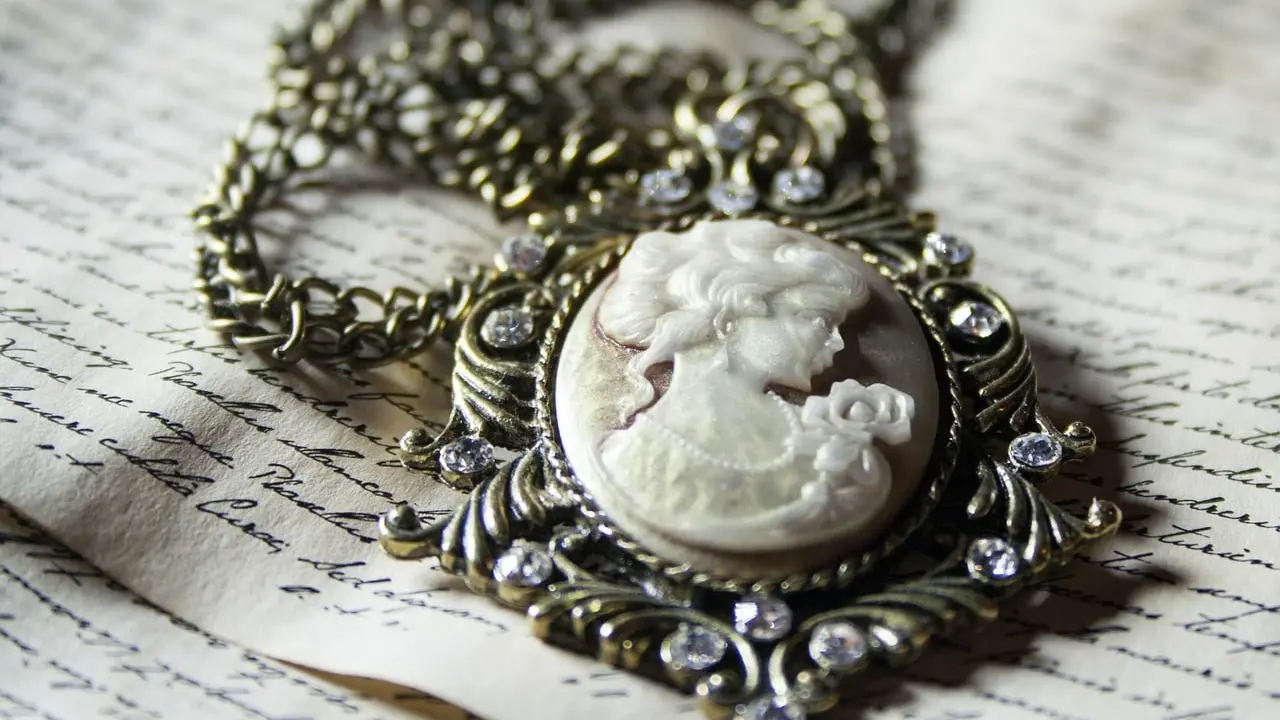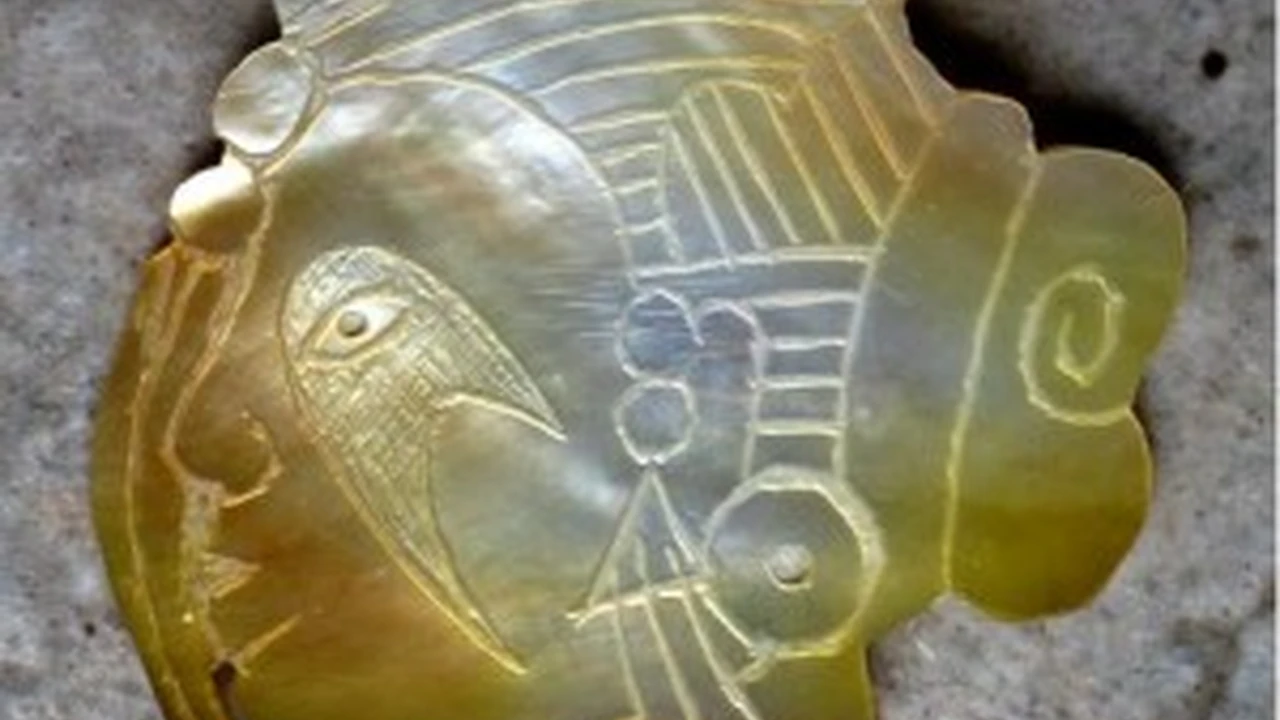Appraising Antique Jewelry Understanding Value and Authenticity
Learn how to appraise antique jewelry Understand factors that influence value and how to authenticate vintage pieces.

What Makes Antique Jewelry Valuable Understanding the Key Factors
Okay, let's dive into what makes a piece of antique jewelry truly valuable. It's not just about the bling, although that certainly helps! Several factors contribute to the overall worth, and understanding them is crucial whether you're buying, selling, or just curious.
- Rarity: How often do you see a piece like it? If it's one-of-a-kind or from a limited production run, its value skyrockets. Think about it – scarcity creates demand.
- Condition: Is it in pristine condition, or has it seen better days? Minor wear and tear are expected, but significant damage can drastically reduce its value. Proper restoration (when done right!) can help, but originality is always preferred.
- Materials: Gold, platinum, diamonds, sapphires… the materials used are a huge factor. Higher carat gold and larger, clearer gemstones naturally command higher prices. The quality of the materials is paramount.
- Provenance: Does it have a documented history? Knowing who owned it, where it came from, and its journey through time adds a layer of intrigue and value. Think of jewelry that belonged to royalty or a famous figure – HUGE boost!
- Craftsmanship: Was it expertly made by a renowned artisan or a skilled craftsman? Intricate details, meticulous settings, and overall artistry contribute significantly to its value. Look for hallmarks or signatures.
- Era & Style: Certain eras and styles are more popular than others. Art Deco, Victorian, and Art Nouveau pieces are often highly sought after. The demand for a particular style influences its market value.
- Market Demand: What are people actually willing to pay for it? The current market trends play a significant role. Demand can fluctuate based on fashion, economic conditions, and collector interest.
Authenticating Antique Jewelry Spotting Real from Fake
Now, let's talk about authentication. This is where things can get tricky! You don't want to end up with a convincing replica that's worth a fraction of what you paid. Here's what to look for:
- Hallmarks & Maker's Marks: These are tiny stamps that indicate the metal content (e.g., 18K for 18 karat gold) and often the maker. Research these marks to verify their authenticity. Books and online databases are your friends!
- Construction Techniques: Antique jewelry was made using different techniques than modern jewelry. Look for hand-fabricated elements, old-style soldering, and other telltale signs of age.
- Gemstone Cuts & Settings: Antique diamonds, for example, were often cut differently than modern brilliant cuts. The setting style can also indicate the era. Old European cuts and rose cuts are common in antique pieces.
- Patina: A natural aging process that gives antique jewelry a unique look. It's a subtle discoloration or oxidation that's difficult to replicate convincingly.
- Weight & Dimensions: Compare the weight and dimensions to similar authentic pieces. Replicas often use cheaper, lighter materials.
- Expert Appraisal: When in doubt, consult a qualified antique jewelry appraiser. They have the knowledge and experience to accurately assess the piece.
Antique Jewelry Appraisal Methods How to Determine the Fair Market Value
So, how do appraisers actually determine the value? Here's a glimpse into their process:
- Research Comparable Sales: Appraisers research recent sales of similar pieces to establish a baseline value. They look at auction results, retail prices, and private sales.
- Assess Condition & Materials: They carefully examine the jewelry's condition, identify the materials used, and assess their quality.
- Consider Rarity & Provenance: They research the piece's rarity, historical significance, and provenance (if available).
- Factor in Market Demand: They consider current market trends and collector interest.
- Provide a Written Appraisal: They provide a detailed written appraisal that outlines their findings and the estimated fair market value. This document is essential for insurance purposes and selling the jewelry.
Product Recommendations & Comparisons with Pricing and Usage Scenarios
Okay, let's get practical! Here are a few hypothetical examples of antique jewelry pieces and how they might be appraised, along with potential usage scenarios and pricing.
Example 1: Victorian Era Garnet Brooch
* Description: A Victorian-era brooch featuring a cluster of deep red garnets set in 14K rose gold. The brooch has intricate filigree detailing and a secure pin clasp.
* Appraisal:
* Materials: 14K rose gold, natural garnets
* Condition: Excellent condition with minimal wear.
* Rarity: Relatively common for Victorian brooches, but the quality of the garnets is above average.
* Provenance: Unknown.
* Market Demand: Victorian jewelry is currently popular, especially pieces with romantic detailing.
* Estimated Value: $800 - $1200
* Usage Scenario: This brooch would be perfect for adding a touch of vintage elegance to a modern outfit. Wear it on a lapel, scarf, or even as a decorative accent on a handbag.
* Comparison: A similar brooch with smaller, lower-quality garnets might sell for $500 - $800. A brooch with a more elaborate design or a known maker's mark could fetch $1500 or more.
Example 2: Art Deco Diamond and Platinum Ring
* Description: An Art Deco ring featuring a central Old European cut diamond (approximately 1 carat) surrounded by smaller diamonds and set in platinum. The ring has geometric designs typical of the Art Deco period.
* Appraisal:
* Materials: Platinum, Old European cut diamond (1 ct), smaller diamonds
* Condition: Good condition, some minor wear to the platinum.
* Rarity: Art Deco rings are highly sought after, especially those with large diamonds.
* Provenance: Unknown.
* Market Demand: Art Deco jewelry is consistently popular, and diamond rings are always in demand.
* Estimated Value: $5000 - $8000 (depending on diamond quality - clarity/color)
* Usage Scenario: This ring would make a stunning engagement ring or a special occasion piece. It's a timeless design that will never go out of style.
* Comparison: A similar ring with a modern brilliant cut diamond might sell for slightly less, as some collectors prefer the character of Old European cuts. A ring with a larger, higher-quality diamond could fetch $10,000 or more.
Example 3: Southeast Asian Antique Gold Necklace
* Description: An antique gold necklace from Southeast Asia (e.g., Thailand or Indonesia) featuring intricate filigree work and possibly some gemstone accents (rubies or sapphires). The gold is likely a high karat (22K or 24K).
* Appraisal:
* Materials: High karat gold (22K or 24K), potentially rubies or sapphires
* Condition: Condition can vary greatly depending on age and usage. Look for damage to the filigree work.
* Rarity: Depends on the specific design and region of origin. Some designs are more common than others.
* Provenance: Knowing the specific region and cultural significance would greatly enhance the value.
* Market Demand: There's growing interest in Southeast Asian antique jewelry, especially among collectors interested in cultural artifacts.
* Estimated Value: $1500 - $3000 (depending on gold weight, gemstone quality, and cultural significance).
* Usage Scenario: This necklace could be worn as a statement piece for special occasions or displayed as a cultural artifact.
* Comparison: A similar necklace made with lower karat gold or less intricate detailing would sell for less. A necklace with a documented history and cultural significance could fetch significantly more.
Where to Find Qualified Antique Jewelry Appraisers
Finding a reputable appraiser is key. Look for appraisers who are:
- Certified: Look for certifications from organizations like the Gemological Institute of America (GIA) or the Appraisers Association of America (AAA).
- Experienced: Choose an appraiser with extensive experience in antique jewelry.
- Independent: Avoid appraisers who are also actively buying or selling jewelry, as this could create a conflict of interest.
- Transparent: Ask about their appraisal fees and methodology. They should be willing to explain their process and answer your questions.
In conclusion, appraising antique jewelry is a complex process that requires knowledge, experience, and attention to detail. By understanding the key factors that influence value and how to authenticate vintage pieces, you can make informed decisions whether you're buying, selling, or simply appreciating the beauty of antique jewelry.
:max_bytes(150000):strip_icc()/277019-baked-pork-chops-with-cream-of-mushroom-soup-DDMFS-beauty-4x3-BG-7505-5762b731cf30447d9cbbbbbf387beafa.jpg)






